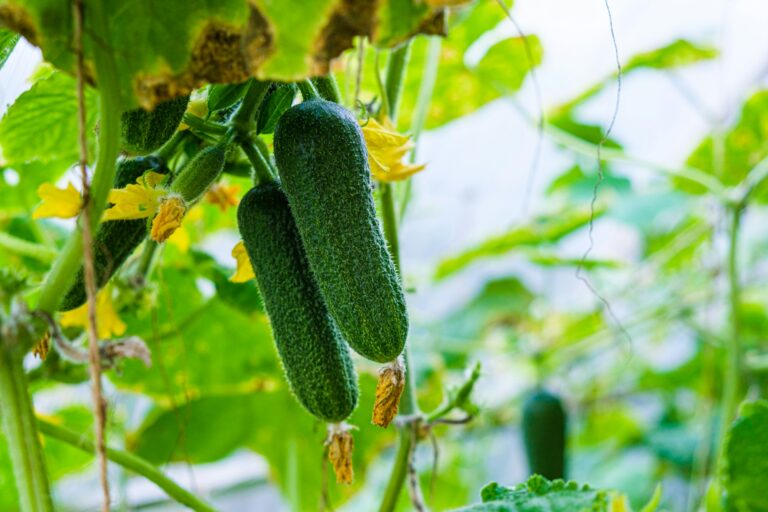The Ultimate Guide to Pruning Japanese Maples

So, you have a beautiful Japanese maple tree in your garden, and you want to make sure it stays healthy and looking its best. Pruning is the key to maintaining the natural shape and beauty of these stunning trees. In this in-depth guide, we will walk you through everything you need to know to keep your Japanese maple looking gorgeous year-round.
Why Pruning is Important for Japanese Maples
Japanese maples are known for their elegant, organic forms that make them stand out in any garden. However, without proper pruning, these trees can become overcrowded, misshapen, and less healthy. Pruning helps to maintain the natural shape of the tree while enhancing its appearance.
What You’ll Learn
Here’s a sneak peek at what we’ll cover in this guide:
- When to Prune Japanese Maples
- Consider the Natural Shape
- How to Make Your Cuts
- Tips for Trimming Upright Trees
- Trimming Weeping Specimens
Ready to grab your pruners and get started? Let’s dive in!
When to Prune Japanese Maples
Pruning Japanese maples at the right time is crucial for their health and overall appearance. Here are some tips on when to prune your tree:
- Prune broken or diseased branches at any time.
- To change the shape of the tree or remove large branches, winter is the best time.
- Pruning in winter when the tree is dormant can help you see the tree’s shape clearly.
- Do fine pruning in early spring as leaf buds open.
Remember, avoid pruning in the middle of winter to prevent sap leakage. Look for dead branches by checking their color and flexibility. When in doubt, gently bend the branch to test its vitality.
Consider the Natural Shape
Before you start pruning, take a moment to observe the natural shape of your Japanese maple. Work with the tree’s natural form rather than trying to force a different shape. Different varieties of Japanese maples have unique growth patterns that you should consider when pruning.
For example, weeping varieties like A. palmatum ‘Orangeola’ should be allowed to grow with their characteristic downward growth. Trying to force an umbrella shape on such a tree will only result in an unnatural appearance.
Remember, the goal of pruning is to enhance the tree’s natural beauty, not to drastically alter its shape.
How to Make Your Cuts
Making proper cuts is essential for the health of your Japanese maple. Here are some tips for making cuts:
- Use the three-cut method for large branches.
- Always cut close to the main stem or trunk.
- Avoid heading back cuts, cut just in front of a leaf bud for new growth.
- Call in professional help for tall trees or large branches.
Proper pruning cuts help the tree heal faster and prevent unnecessary damage. Remember, it’s all about working with the tree’s natural growth patterns.
Trimming Upright Trees
Upright Japanese maples have a central leader branch that should not be pruned to limit height. Removing the leader can lead to weak secondary branches that are prone to damage. Instead, focus on maintaining an open, pleasing form by removing excess growth and damaged branches.
Here are some tips for pruning upright trees:
- Remove competing branches at the base of the trunk.
- Avoid removing the central leader branch.
- Maintain an open form with branches spiraling up the tree.
- Remove damaged, sick, or interfering branches.
Remember, the goal is to create a balanced and open canopy that highlights the tree’s natural form.
Trimming Weeping Specimens
Weeping Japanese maples require special attention to maintain their graceful appearance. To keep your weeping maple looking its best, follow these tips:
- Remove branches that touch or interfere with each other.
- Maintain an open canopy for light and air circulation.
- Avoid shading lower branches with upper branches.
- Always consider the overall shape of the tree when pruning.
Weeping maples should have an open canopy with branches gracefully cascading downwards. Don’t be afraid to make cuts to maintain the tree’s shape and health.
Help Your Tree Reach Its True Potential
With the right pruning techniques, your Japanese maple can reach its full potential and become a stunning focal point in your garden. Regular pruning, along with proper care, will ensure that your tree remains healthy and beautiful year after year.
We hope this guide has provided you with valuable information on how to prune your Japanese maple effectively. Remember, it’s all about working with the tree’s natural form and enhancing its beauty.
What type of Japanese maple do you have in your garden? Have you needed to do a lot of pruning, or is it just maintenance work? Share your experiences in the comments below!
To continue your journey with Japanese maples, check out our other guides on:
- How to Grow Japanese Maple Trees
- A Guide to the Different Types of Japanese Maple Trees
- How and When to Fertilize Japanese Maple Trees
Happy pruning!





